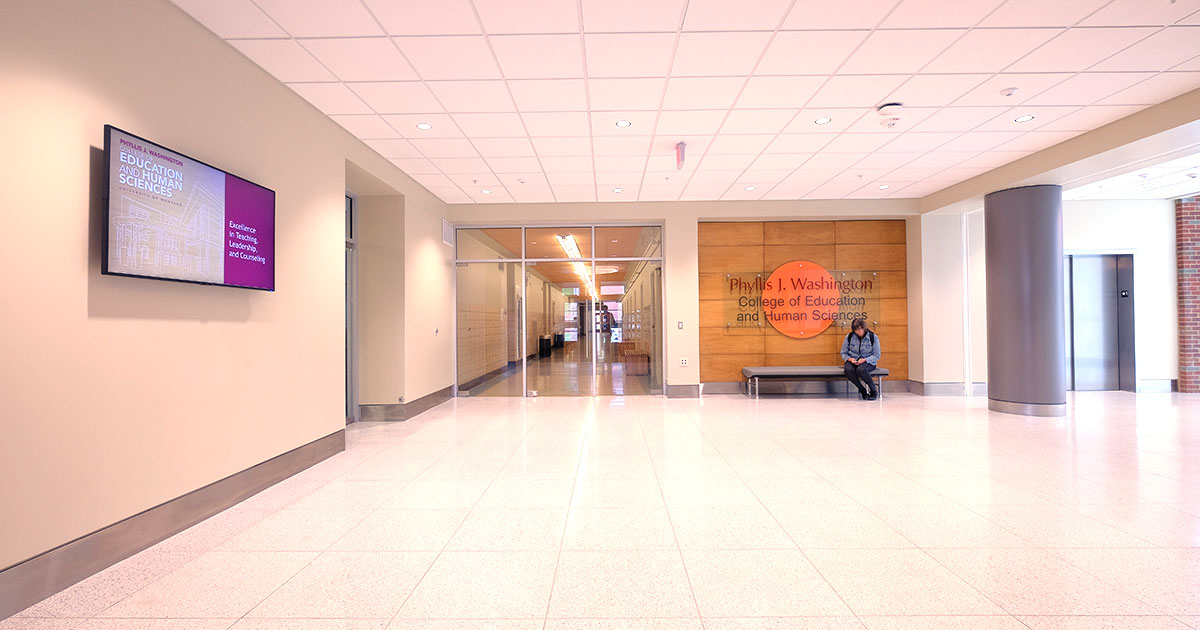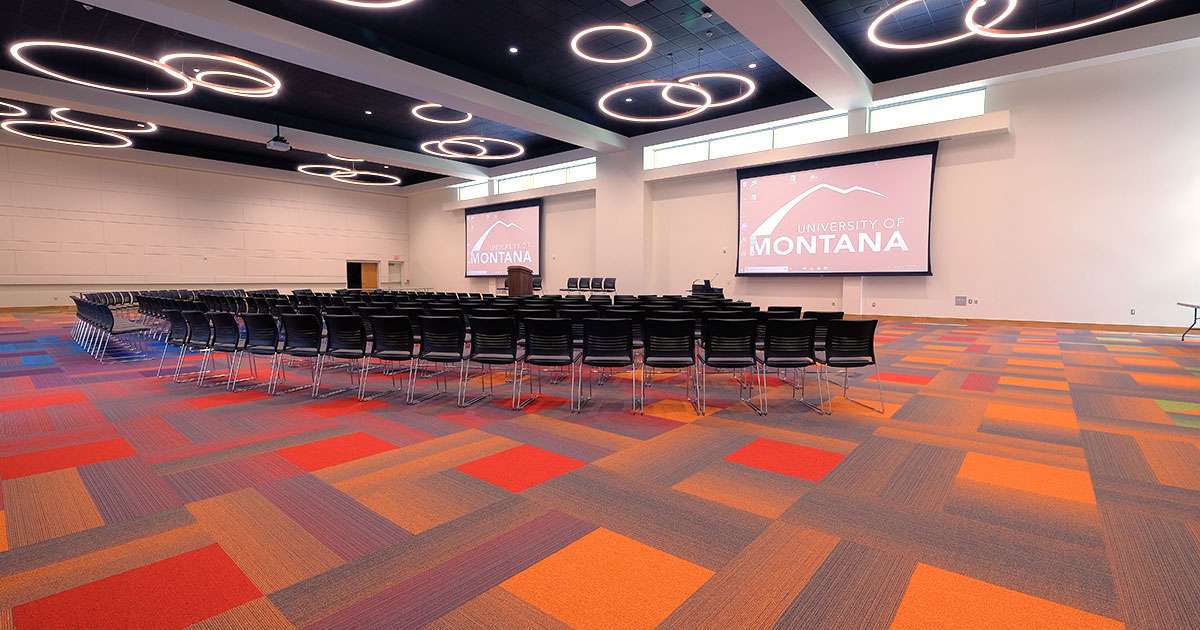It seems to defy conventional wisdom. You would think, the longer you wait, the more expensive things become. Not so much in the AV world. In fact, at ABD Engineering, our delayed-bid strategy typically results in technology upgrades and lower costs for AV projects. Here’s why.
The cycle of obsolescence for AV technology can be as little as just two to three years. Building construction projects typically run one and a half to two years from start to completion and often as much as 5 years from programming to occupancy. Often, AV technologies specified and bid with the rest of the trades at project start, are at the very least, outdated, and likely, already obsolete by the occupancy date. AV technology is changing just that fast!
Beyond the issue of obsolescence, bidding a package out too early, in fact, presents multiple problems. AV technology manufacturers are well known for frequent discontinuation of models, changing model numbers, SKUs, and pricing. As a result, multiple change orders, re-bidding, and duplication of earlier efforts increase costs.
Conversely, while AV technology advances at a dizzying pace, technology prices drop, and products just keep getting better—doing more for less with each new generation. New AV technologies are continuously improving—often more compact, easier to install, easier to deploy, consume less power, and are easier to use. The steady stream of software applications and cloud solutions, such as cloud video and web conferencing, is currently translating into less hardware in favor of converged AV and IT solutions with software-centric technologies. With a delayed bid strategy, final competitive bids and technology procurement is implemented 6 to 12 months prior to occupancy. Thus, building owners are assured the “latest and greatest” AV technology.
Real Life. Real Money.
Case in point, our AV project at University of Montana’s Phyllis J. Washington College of Education and Human Sciences expansion. Started in the summer of 2017, the new addition was not expected reach substantial completion until February, 2019, with occupancy planned for April 1, 2019.

With a delayed bid strategy, we designed systems based on budget in the early schematic design stage, but without specifying make and model of equipment, knowing technological advancements would alter various bid specifications. By delaying bidding for this project to summer of 2018, we had an opportunity to make sure the most current technology and applications were bid and installed. The specified systems for use in clinical counseling will facilitate session capture and evaluation, with real-time confederate guidance and post-session review, while lowering costs by a third. As a result, the University will also offer the latest distance learning on demand solutions with Zoom conferencing and the Moodle learning management system.

Thus, we recommend planning and budgeting at concept and design. We avoid surprises by keeping equipment general, and wait until the last possible moment to specify brand and model of equipment, resulting in the latest technology and best pricing. That’s why our Delayed Bid Strategies are worth the wait.
